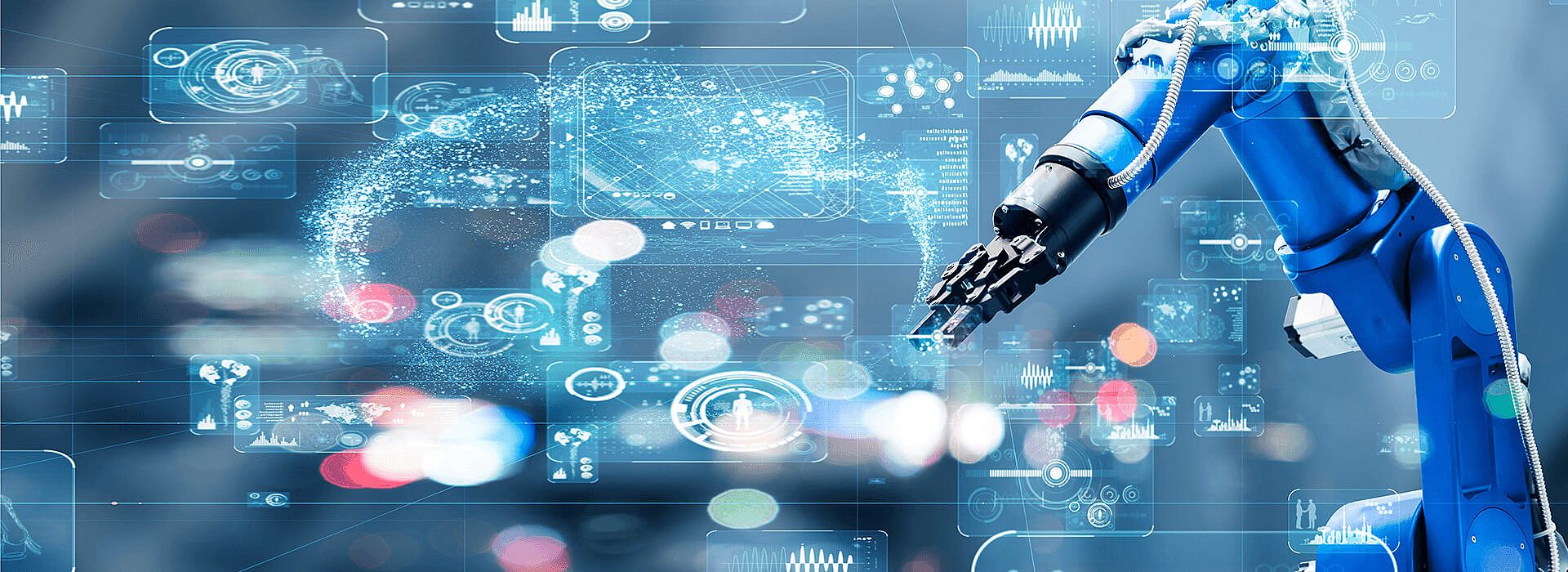
Automated Configuration of Robots and Analytics in I4.0 with Digital Twins
Setting up a high-grade digitalized industrial manufacturing process requires a large number of manual configuration and programming steps, beginning with the programming for the control logic of individual robots and extending to the configuration of analytics mechanisms that monitor the processes.
These manual steps are extremely time-consuming and require a high degree of specialized knowledge. For this reason, such steps are in most cases economically feasible only for static production plans in which the operational time by far exceeds the programming time, or when it involves the manufacture of high-quality goods. On the other hand, the demand for more flexible production lines and the single-batch manufacture of middle-quality goods is constantly growing. Although robots and 3D printers promise the required production flexibility, in reality the effort required to adapt programs and analytics mechanisms is still too great to justify their broader use.
Conventional approaches for analytics processes in industrial automation and robotics, which rely on raw data from multiple sensors, require significant manual effort for each new application area or scenario.
With a knowledge-based approach for the development of production systems, the knowledge about products, processes and resources is expressed by semantic representation languages. Using such semantic digital twin models as a foundation, raw sensor data can be automatically enriched with semantic descriptions or context information, such as the currently executed assembly task and the involved components or associated parameters.
In this project fortiss is examining how machine learning approaches for anomaly recognition can be automated and optimized by integrating this type of information, especially for small-batch manufacturing environments.
01.11.2019 - 31.12.2020